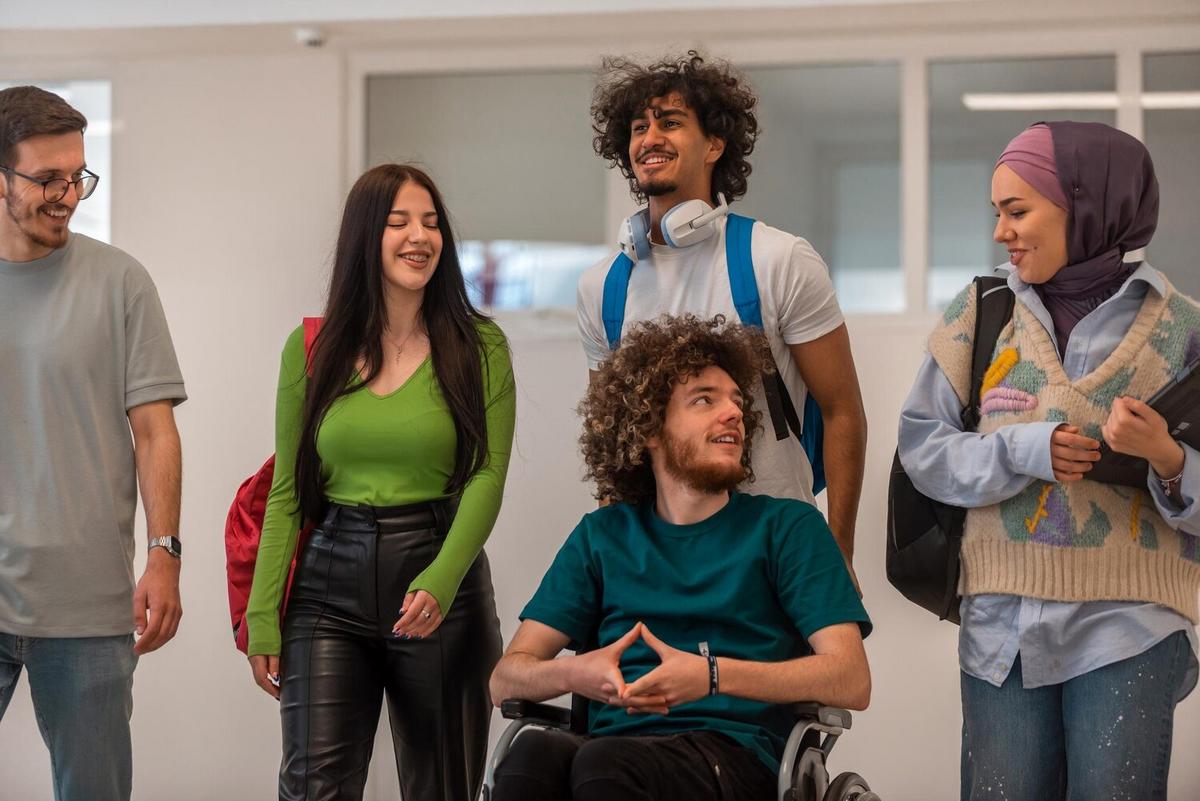Creating an inclusive learning environment is vital for accommodating the diverse needs of all learners. With classrooms becoming increasingly heterogeneous, educators must adopt strategies that recognize and celebrate these differences to foster a supportive and effective learning space.
Education is not a one-size-fits-all endeavor. As classrooms become more diverse, educators face the challenge of meeting the unique needs of each student. This article explores how to create inclusive learning environments that cater to varied learner needs.
Understanding Diverse Learner Needs
Diverse learner needs can stem from various factors such as cultural backgrounds, learning abilities, and personal experiences. According to a report by the Education Week, over 50% of students in the U.S. come from minority backgrounds, emphasizing the need for culturally responsive teaching.
Expert Insight
Alice Smith, an education specialist, states, “Inclusive education is about embracing diversity and ensuring every student has access to high-quality learning experiences.”
Implementing Inclusive Strategies
Creating an inclusive classroom involves a blend of strategies that address academic, social, and emotional needs.
Universal Design for Learning (UDL)
UDL is a framework that enhances learning experiences by offering multiple means of engagement, representation, and expression. This approach helps address various learning preferences and needs.
Culturally Responsive Teaching
This method involves integrating cultural references into teaching practices, which helps students connect learning with their own experiences.
Actionable Tips for Educators
- Implement flexible seating arrangements to cater to different learning preferences.
- Use assistive technologies to support students with disabilities.
- Encourage student collaboration through group projects and discussions.
- Provide clear and consistent feedback to guide student progress.
Real-World Examples
Consider the example of a high school teacher who implemented a ‘flipped classroom’ model, allowing students to learn at their own pace through online resources. This approach helped accommodate students with varying learning speeds and styles.
Measuring Success
| Strategy | Outcome |
|---|---|
| Flexible Seating | Increased student concentration |
| Assistive Technology | Enhanced accessibility for students with disabilities |
| Group Projects | Improved social skills and teamwork |
| Consistent Feedback | Better student performance |
| UDL Implementation | Inclusive learning experiences |
| Culturally Responsive Teaching | Greater student engagement |
| Flipped Classroom | Personalized learning pace |
| Interest-Based Curriculum | Higher motivation |
FAQs
What is an inclusive learning environment?
An inclusive learning environment is one that accommodates the diverse needs of all students, ensuring equal access to learning opportunities.
How can teachers create inclusive classrooms?
Teachers can create inclusive classrooms by using diverse teaching methods, incorporating cultural references, and providing accommodations for various learning needs.
Conclusion
In conclusion, creating inclusive learning environments is essential for catering to the diverse needs of today’s students. By implementing strategies such as UDL and culturally responsive teaching, educators can ensure that all students have the opportunity to succeed. As we move forward, it is crucial to continue exploring innovative ways to support diverse learners, fostering an educational system that values diversity and inclusion.



Leave a Reply